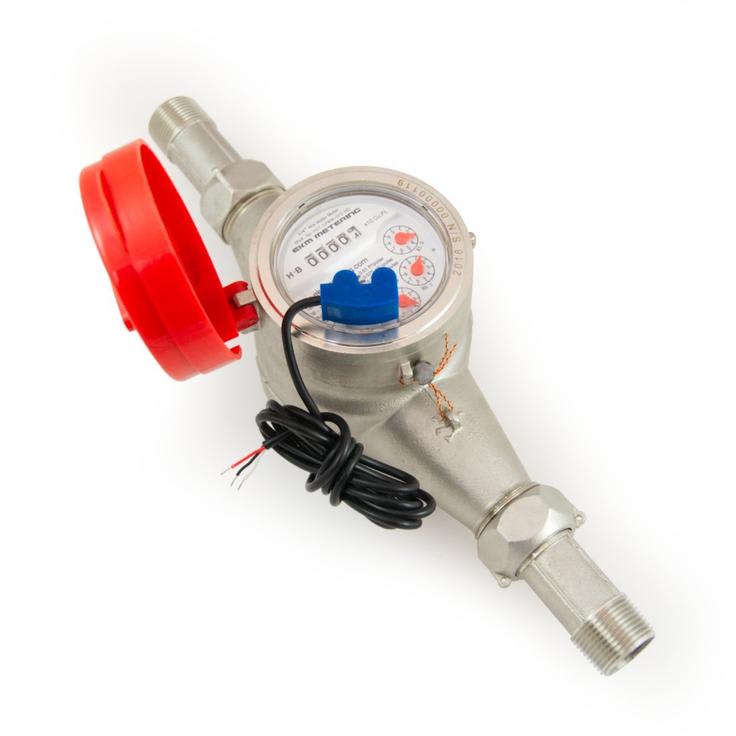MedicineEng
Industrial
- Jun 30, 2003
- 609
Hi All:
I'm currently running some water velocity tests on a hot water pipe loop and came across somethin strange that would like to get some help from the forum:
The team used 2 methods to measure pipe velocity and we are getting very different results. Both of them seem adequate, so I'm struggling to understand why results are so different.
The first method is simply converting the flow into velocity. We teed of the return hot water pipe and measured the time that it took to fill a known volume
The second is measuring the flow on the balancing valve using a Comdronic Electronic manometer.
The problem is that we are consistently getting lower values with the Comdronic method, sometimes 3 or 5 times less. which is way too big of a difference.
I think that the known container volume method is quite low tech but is fairly accurate, so I'm more inclined to suspect on the Comdronic, but still couldn't nail what they are doing wrong.
Any help would be appreciated.
Thanks
I'm currently running some water velocity tests on a hot water pipe loop and came across somethin strange that would like to get some help from the forum:
The team used 2 methods to measure pipe velocity and we are getting very different results. Both of them seem adequate, so I'm struggling to understand why results are so different.
The first method is simply converting the flow into velocity. We teed of the return hot water pipe and measured the time that it took to fill a known volume
The second is measuring the flow on the balancing valve using a Comdronic Electronic manometer.
The problem is that we are consistently getting lower values with the Comdronic method, sometimes 3 or 5 times less. which is way too big of a difference.
I think that the known container volume method is quite low tech but is fairly accurate, so I'm more inclined to suspect on the Comdronic, but still couldn't nail what they are doing wrong.
Any help would be appreciated.
Thanks

![[sadeyes] [sadeyes] [sadeyes]](/data/assets/smilies/sadeyes.gif)
